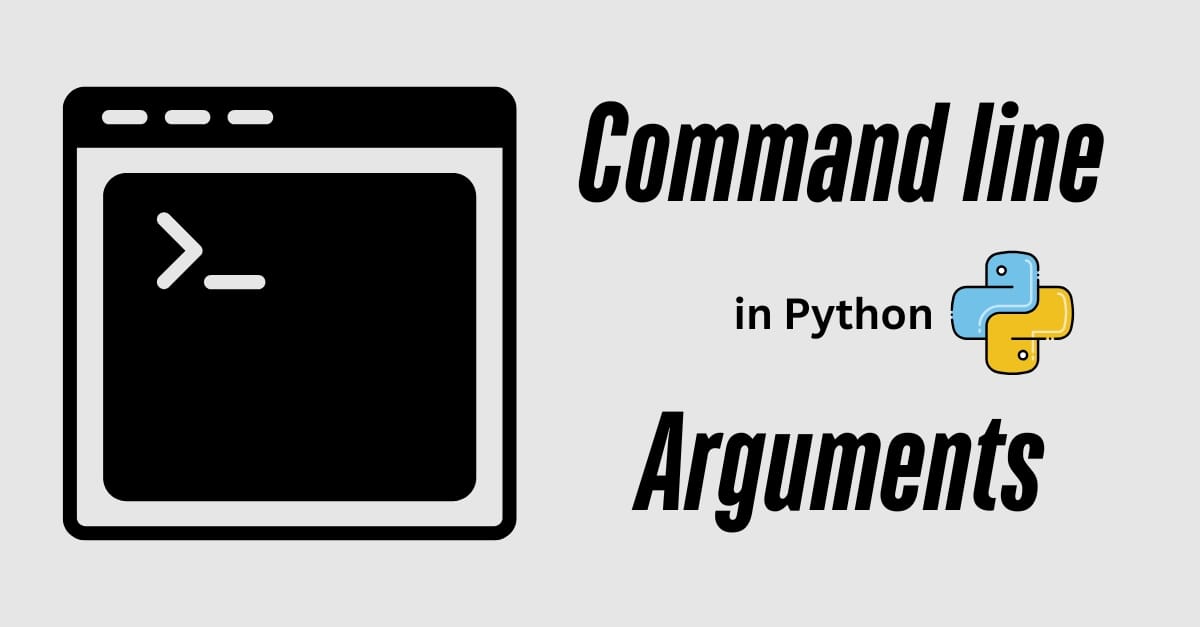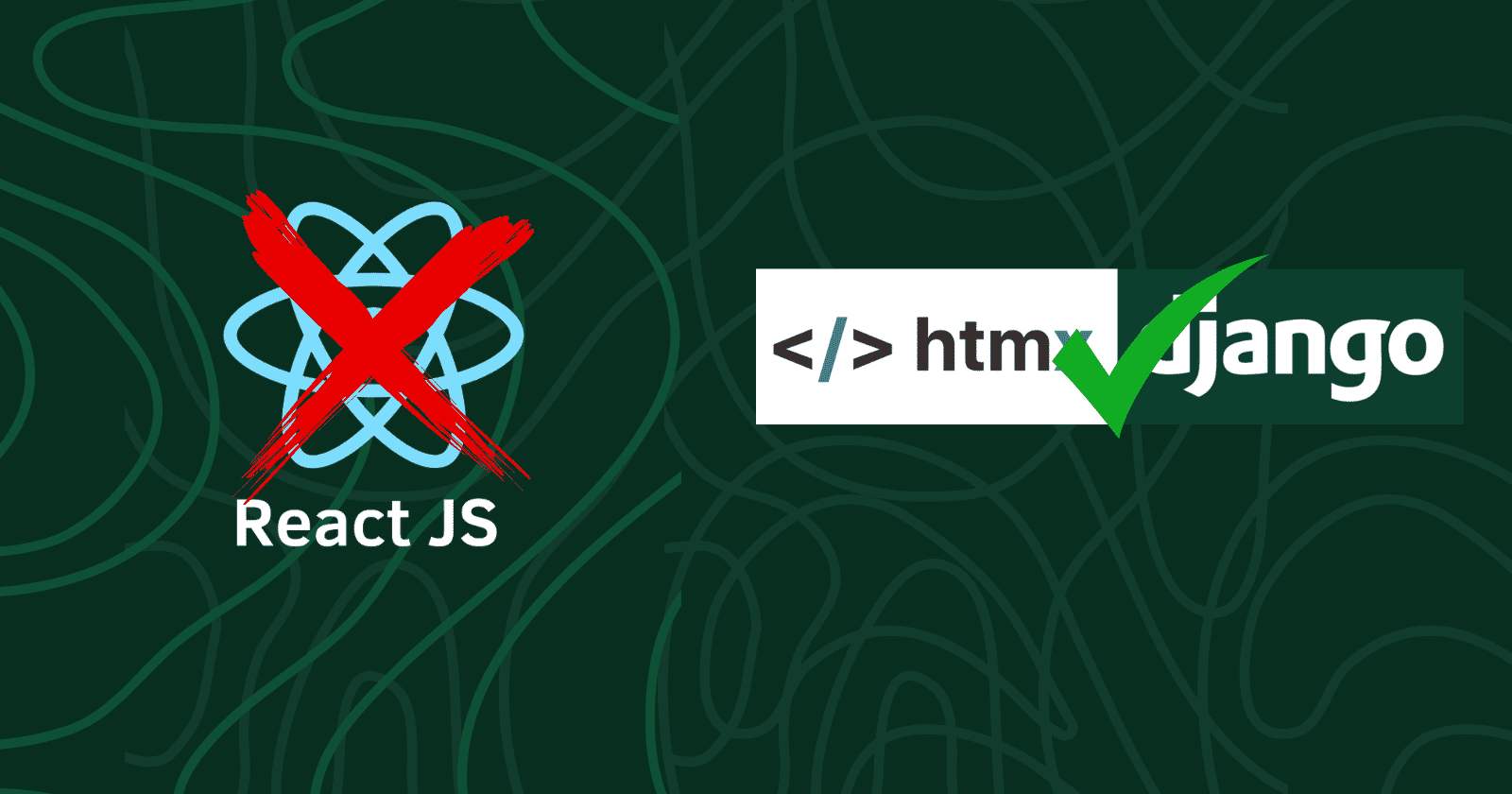How to Create a Web Server in Python: A Complete Guide for Beginners and Developers
Introduction
Imagine the internet as a giant network of roads, with websites as destinations. Every site you visit needs a machine to deliver its content—that's where web servers come in. They act as the delivery trucks, handing out pages and data whenever someone requests them.
Python has become a go-to language for building web servers. It's easy to learn, read, and packed with tools that help developers work fast. Whether you're just starting or trying to scale up, creating your own web server in Python is a skill worth mastering.
This guide walks you through creating a web server step-by-step. It's designed to help both newbies and seasoned programmers understand how to set up, customize, and deploy a server that handles traffic smoothly.
Understanding the Basics of Web Servers
What is a Web Server?
A web server is a program that responds to requests made by browsers. When you type a URL or click a link, your browser sends an HTTP request to the server. Then, the server responds with the page or data you asked for.
It's different from a web framework, which runs on a server to make coding easier. Think of a web server as the mail carrier—delivering your digital letters, while web frameworks are the post offices, organizing what gets sent.
Why Use Python for Web Server Development?
Python is popular for web servers because it’s straightforward, easy to read, and has many powerful libraries. Developers can write a server in just a few lines of code, making quick prototypes or handling large traffic.
Many famous applications, like Instagram and Pinterest, use Python behind the scenes. Its environment supports everything from simple static sites to complex APIs.
Types of Web Servers
Web servers can be static or dynamic. Static servers send fixed files like images, HTML, or CSS. Dynamic servers generate content on the fly, based on user requests.
- HTTP vs HTTPS: HTTP is the basic protocol; HTTPS adds security with encryption. Many servers support both, but HTTPS is crucial for protecting data.
Setting Up the Environment for Python Web Server Development
Required Tools and Libraries
At minimum, you need Python installed on your computer. Version 3.6 or higher is recommended to access the latest features.
Popular libraries:
http.server: Built-in, great for simple servers.Flask: Lightweight framework perfect for small web apps.FastAPI: Modern, fast, ideal for APIs and scalable projects.
Installing Python and Dependencies
-
Download Python from the official website. Follow installation prompts.
-
Open your terminal or command prompt.
-
Create a virtual environment to keep dependencies organized:
python -m venv myenv source myenv/bin/activate # On Mac/Linux myenv\Scripts\activate # On Windows -
Install Flask or FastAPI using pip:
pip install flask pip install fastapi uvicorn
Basic Configuration Tips
Keep your project organized with folders. Use virtual environments to manage dependencies. Simplify deployment by setting environment variables, especially for secret keys or database URLs.
Building Your First Web Server in Python
Using the Built-in http.server Module
For quick testing, Python’s http.server is perfect. Just run this:
python -m http.server 8000
This starts a server on port 8000 serving files from your current directory. Ideal for static pages but limited for dynamic content.
Creating a Web Server with Flask
Flask is simple to grasp. Here's how to set up your first app:
from flask import Flask
app = Flask(__name__)
@app.route('/')
def home():
return "Hello, World!"
if __name__ == '__main__':
app.run(debug=True)
Run this script using:
flask run
Visit http://127.0.0.1:5000 in your browser. You now have a basic Flask web server.
Building a High-Performance Server with FastAPI
FastAPI is like a turbocharger for web servers. Here’s a quick example:
from fastapi import FastAPI
app = FastAPI()
@app.get("/")
def read_root():
return {"message": "Hello from FastAPI"}
if __name__ == "__main__":
import uvicorn
uvicorn.run(app, host="0.0.0.0", port=8000)
Start it with:
python filename.py
FastAPI offers several benchmarks showing it’s much faster than older frameworks—up to 50% quicker than Flask.
Customizing and Extending Your Python Web Server
Handling Different Types of Requests
Learn to respond to various HTTP methods:
- GET: Fetch data or display pages.
- POST: Submit data, like forms.
- PUT/DELETE: Modify or remove data.
For example, in Flask:
@app.route('/submit', methods=['POST'])
def submit():
data = request.form['name']
return f"Received {data}"
Serving Static Files
Serve images, stylesheets, or scripts easily. In Flask:
from flask import send_from_directory
@app.route('/static/<path:filename>')
def serve_static(filename):
return send_from_directory('static', filename)
Always keep security in mind: restrict access and validate inputs.
Adding Routing and Dynamic Content
Create pages that respond dynamically:
@app.route('/user/<username>')
def show_user(username):
return f"Hello, {username}!"
Use templates with Jinja2 to render HTML content dynamically.
Deploying Your Python Web Server for Production
Choosing a Deployment Environment
Cloud providers like AWS, Google Cloud, or DigitalOcean are popular. Containerize your app with Docker for easy deployment across platforms.
Essential Security Measures
Secure your site with HTTPS. Use SSL certificates—Let's Encrypt offers free options. Set security headers and avoid exposing sensitive info.
Monitoring and Maintaining the Server
Track errors with logging. Optimize performance by caching responses and limiting request size. Keep your dependencies up-to-date to protect against vulnerabilities.
Conclusion
Building a web server in Python is straightforward and highly customizable. From quick tests with http.server to scalable APIs with FastAPI, Python offers options for every project. Starting simple allows you to learn the basics, then move on to advanced features and deployment.
Remember, the key is continuous experimentation. With the right tools and knowledge, you can turn your Python scripts into powerful web servers that serve millions of users. Dive in, explore frameworks, and let your creativity power your web presence!






No comments yet. Be the first to comment!